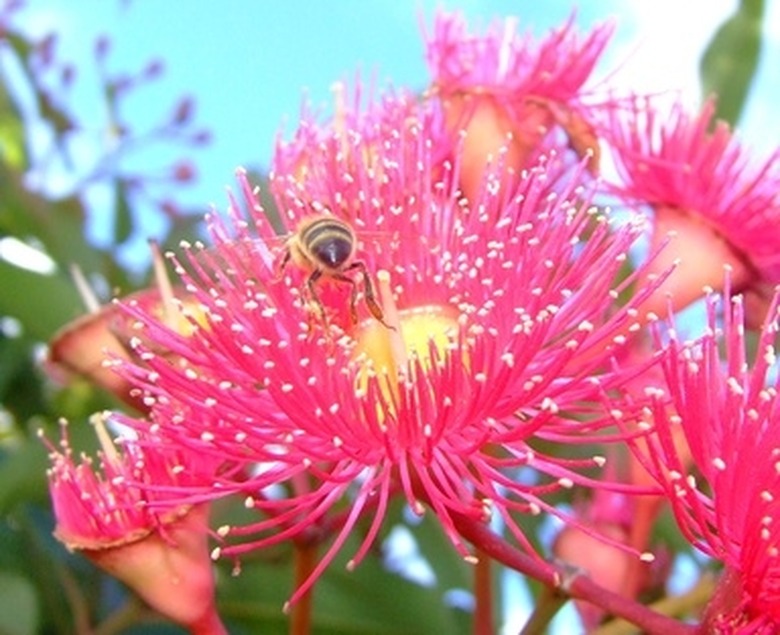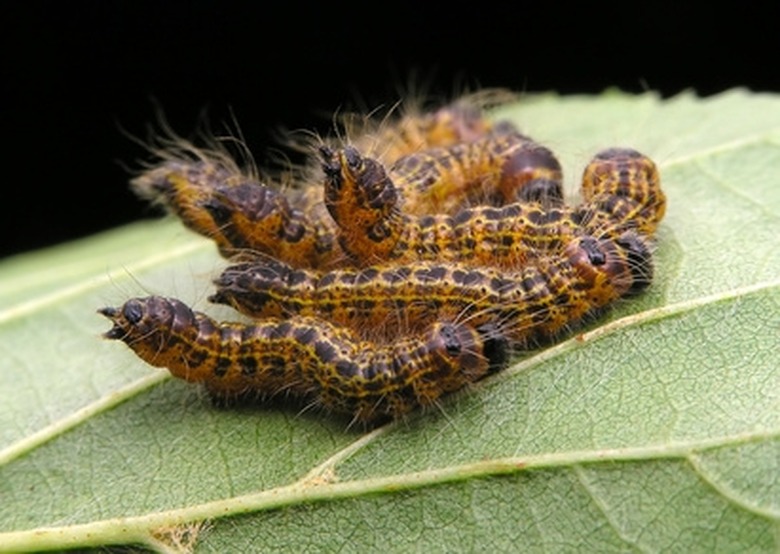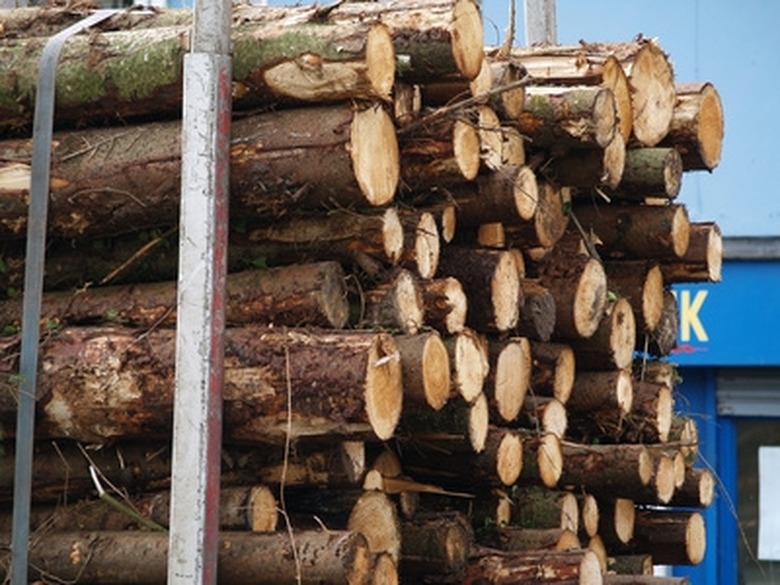Information About Florida Eucalyptus Trees
Step 1
Eucalyptus trees can reach a height of 40 feet and more with a spread between 15 and 25 feet. The tree has a rounded crown and is classified as a broadleaf evergreen. Showy flowers appear in the spring and summer but the tree does not change color in the fall. Flowers are followed by oval fruit that is brown or green.
The eucalyptus tree grows upright and must be pruned to a single leader in order to acquire a strong structure. If it is not pruned correctly, the tree tends to break wherever there are forks in the tree.
In Florida, eucalyptus trees start flowering in the third year between September and November. The fruit ripens more than six months later but are retained on the tree for another year before the capsule bursts and the seeds are dispersed by the wind.
Step 2
- Eucalyptus trees can reach a height of 40 feet and more with a spread between 15 and 25 feet.
- Showy flowers appear in the spring and summer but the tree does not change color in the fall.
Reproduction
Step 1
Most eucalyptus stands in Florida were started from container-grown trees. Eucalyptus is logged in Florida for wood pulp and new stems often arise from the remains of trees that have been cut down.
New trees will grow from rooted cuttings, but this is not attempted commercially because eucalyptus grows so successfully from harvested areas.
Diseases and Pests
Step 1
Major diseases that afflict eucalyptus trees are leaf spot, crown gall and powdery mildew. Infected parts of the trees, such as twigs, branches and leaves, should be removed and destroyed and the area under the tree should be kept clean of all detritus as diseases often crop up in piles of dead refuse.
Aphids, mealybugs, caterpillars, psyllids—which are sap-sucking insects—and borers all love eucalyptus. These pests can be controlled by spraying with a soap solution and cutting out damaged stems if they are attacked by borers.
Step 2
- Most eucalyptus stands in Florida were started from container-grown trees.
- Infected parts of the trees, such as twigs, branches and leaves, should be removed and destroyed and the area under the tree should be kept clean of all detritus as diseases often crop up in piles of dead refuse.
Concerns
Step 1
Florida is one of several test sites for a bioengineered version of the eucalyptus tree. ArborGen is the biotechnology company that is growing these genetically modified trees in affiliation with three large paper companies. These genetically modified trees are faster growing than normal and can withstand some freezing temperatures. The idea is that more lumber can be produced from a smaller stand of quick-growing trees.
CBS News, however, has reported that critics are concerned that these trees will alter natural ecosystems and can cause environmental problems because eucalyptus trees are invasive and could crowd out native species of trees. They are also very flammable, so there is a risk of forest fires.
Other Uses
Step 1
Eucalyptus is used in many different herbal remedies and oil of eucalyptus is well known as an insect repellent.
According to the University of Maryland Medical Center, studies of diabetic mice suggest that it may be possible to increase the body's production of insulin and lower blood sugar when a eucalyptus extract is given.
.
Step 2
- Florida is one of several test sites for a bioengineered version of the eucalyptus tree.
- CBS News, however, has reported that critics are concerned that these trees will alter natural ecosystems and can cause environmental problems because eucalyptus trees are invasive and could crowd out native species of trees.



